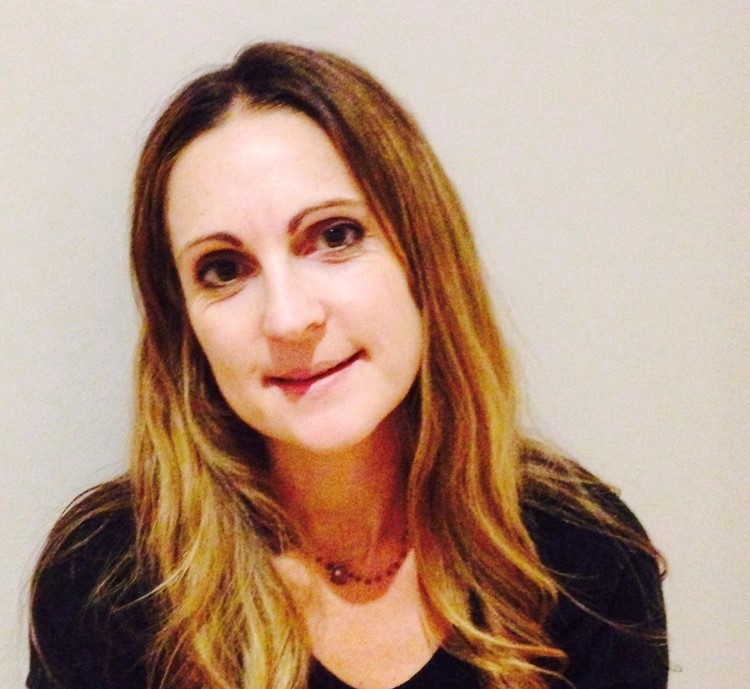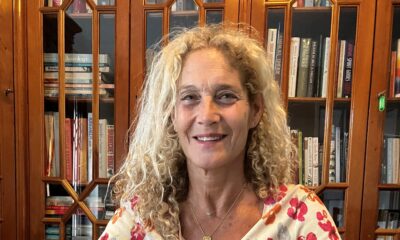
Featured Item

Demystify death for children
Death is part of life, yet it remains a taboo topic, especially when it comes to children. Yet, with COVID-19 bringing death to our doorstep, it’s vital that parents and children are comfortable with talking about it, says social worker Carin Marcus.
Marcus spoke at a recent event hosted by Nechama Bereavement Services. In introducing her, Nechama Director Rebbetzin Avigail Popack said Marcus had been touched by death from a young age as she lost her father in the Helderberg plane crash. She went on to specialise in counselling in the fields of oncology, palliative care, grief, loss, crisis management, and bereavement.
“We need to demystify death. It’s an unavoidable reality,” said Marcus. “Instead of seeing death only through the lens of fear and vulnerability, we can see it as an amazing teacher that makes us appreciate life and its impermanence.”
The pandemic has been a time of loss and trauma, she said. In addition, games like Fortnite are full of death. It means that children need to have the language to talk about it in a way that suits their developmental stage. “The golden rule is to trust your gut … you know how much information your child can handle.
“Children aren’t homogenous. We need to unpack the capacity they have. Children up to the age of two or three don’t have the concept of death, but they can pick up on an atmosphere and environment, even if they don’t have the language.” This is why it’s important to be aware of the atmosphere one creates around these children if someone has died, Marcus said.
These children may experience a “double loss” when they are older and don’t have a memory of the person who died when they were a baby or toddler. It means that as adults, we have to develop a “memory” of sorts. The child can still form a relationship with who the person was, even if they are gone.
Children from the ages of three to six start to understand the life cycle, but the world is still magical to them. They may “lack an understanding of permanence. So, if they hear that granny has gone to Hashem, they may still expect her to come back,” Marcus said.
Older children have more concrete thinking, and will understand that the person isn’t coming back. They may feel grief, displayed in regressive behaviour, separation anxiety, or struggling to sleep. They start to understand the universality of death, that “it can happen to me”.
Most adolescents need to be included fully in discussions and rituals around death, as they are at the stage where they need to feel included and are contemplating bigger questions about life and death.
No matter how old the child is, “the information we use must be honest and factual”, Marcus said, pointing out that euphemisms often create confusion for children. For example, if you say, “They lost their granny,” a child may say, “Well, why don’t they just go find her?” And if you say, “Granny’s soul is with Hashem,” a child may confuse it with sole (the fish). If we say, “She is up in heaven,” children may expect to see her in the sky, or when they go on an aeroplane. So, we must be careful with the language we use. “Even for adults, it’s hard to use the proper words, but we need to do so,” Marcus said.
We must use moments of life and death to develop skills. For example, if the child’s school has a farmyard and a rabbit dies, instead of rushing to replace it so children don’t notice, use the moment to acknowledge feelings and develop a ritual around death. Looking at the seasons and nature – the way leaves fall off the trees, or how animals and pets die – are also ideal opportunities to discuss the impermanence of life.
Even though it’s scary, parents need to impress on their children that no question is out of bounds. In addition, let children guide you in how much information you give them. “It’s like building a Lego city – one block at a time. As they develop, they will learn more.”
Parents need to be role models and show that it’s okay to cry or grieve, that these are “natural responses to life”, explain why they are sad, and that they will be okay.
Parents can describe grief like a wound. At first, it’s raw and open, but as time passes, it heals – the scar is still there, but it’s less painful. They can also explain the idea of the body and the soul by putting their hand in a glove – when the hand leaves the glove, the soul has left the body. In explaining death, give factual information about how the body shuts down and no longer works and that they cannot come back to life.
It’s also important to explain what a cemetery is, and to emphasise that it’s a serene place, unlike the scary cemeteries depicted in stories or films. When it comes to funerals, explain to children what will happen, and leave it up to them to decide if they want to attend. If not, there should be no guilt.
It’s meaningful to allow children to describe heaven as they imagine it, Marcus said, and this can evolve as they get older. It’s also important to engage children in rituals of remembering. In addition, if their friend has had a family member who has died, it’s important to emphasise that they shouldn’t be scared of that child.
One of the hardest moments as a parent is when a child asks, “Will you die?” The best way to respond to this is that everyone dies, Marcus said, “but I hope to live long, and I’m trying to stay healthy so that I can”. It’s also vital to assure a child that death is never their fault. An even harder moment is when a child asks if they will die, or says that they don’t want to die. “You can promise that you will do everything to help them be healthy and live a long life. Help them focus on the present, and the fact that they will achieve all their dreams.”
Sometimes, people want to wait to tell a child that someone has died, Marcus said, but the risk is that someone else might tell them – and in the wrong way. Rather, “try not to delay, but find the right moment. In therapy, people often say they never forget how they were told someone had died. It’s a moment they hold onto, and it’s very painful if it’s not by a person you trust.”
While adults often feel they are “drowning in grief”, children are more resilient and “jump in and out of puddles” of sadness. “I always think of life like the Shabbat box that the kids bring home on a Friday and return on a Monday. We need to treat life like that. It’s a gift, but we’re eventually going to give it back. So treasure it while we have it.”










